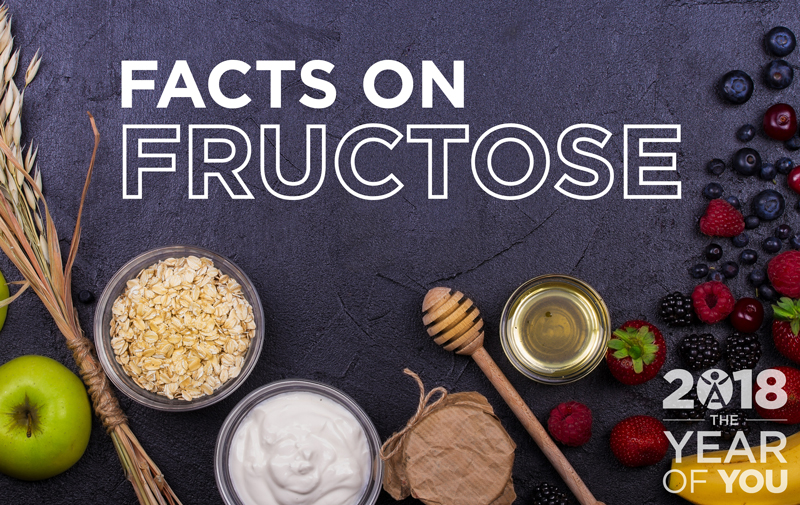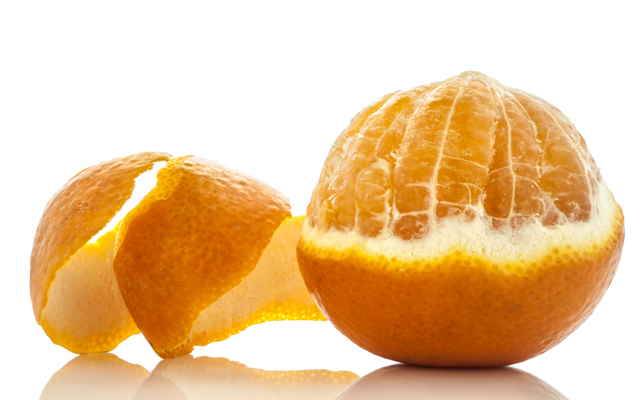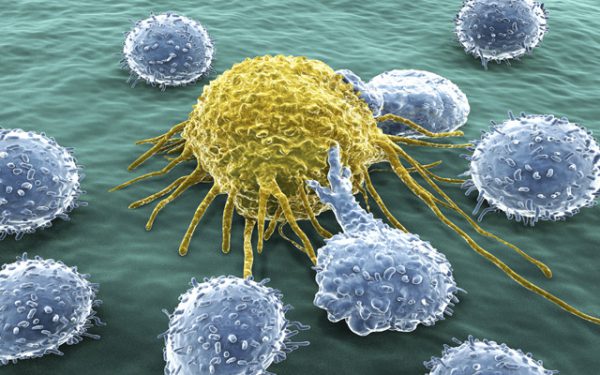The use of modest amounts of fructose for natural sweetness in Isagenix® products often raises questions from health-conscious consumers. It goes without saying that consuming anything in excess, including sugar or fructose, can contribute to weight gain and related health issues.
The evidence suggests that fructose is a strategic and smart source of carbohydrate when it’s consumed in balanced amounts as part of a calorie-controlled diet. From a digestive perspective, this article also aims to clarify where fructose fits into gut health and specific diets, including low-FODMAP diets.
Why is fructose used as a source of sugar in IsaLean Shake and a few other products?
Fructose is naturally found in nearly all fruit and vegetables and differs from other sugars because it is in itself low glycaemic, which helps to avoid blood sugar spikes. In addition, it’s a little sweeter than other sources of sugar, so it allows for the use of less sugar overall. In fact, the total amount of fructose included in an IsaLean Shake™ is less than what’s found in half of a medium-sized apple or orange.
I have heard that fructose is harmful to health. Is this true?
As with any kind of sugar, too much fructose (such as in the form of sugary drinks) can indeed be harmful to your health (1). However, while studies have shown that fructose in excess may lead to weight gain, including both subcutaneous and visceral fat, the research suggests it is not necessarily any more fattening than other sources of sugar or carbohydrate sources (2,3).
When fructose is present in smaller amounts in meals, well-designed controlled studies have also shown that it can be more supportive than other sources of carbohydrate for helping to maintain blood sugar control (2,3). The most recent evidence comes from Australian and New Zealand researchers who performed a meta-analysis of randomised controlled trials to evaluate the effect of fructose when used in place of other carbohydrate sources like glucose or sucrose (4). The scientists found that fructose has a much lower effect on blood glucose and insulin response.
When fructose is used purposefully in the context of a calorie-controlled eating plan, consumption should not be a concern. As a reminder, in a recent study that evaluated weight loss on an Isagenix® program that included IsaLean Shake, subjects saw significant reductions in total, abdominal and visceral fat levels (5).
So, in controlled amounts as part of a calorie-restricted regimen such as your Isagenix System, fructose serves to help support blood sugar control and is burned up as energy—not stored as fat—supporting overall health and weight-loss goals. The reality is that using Isagenix products to help swap out other common sources of large sugar amounts, such as sugary smoothies, typical snacks like lollies, chocolate bars and sugary drinks, will help to improve your diet and lifestyle.
I follow a low-FODMAP diet – are Isagenix products suitable for me?
Low-FODMAP diets aim to reduce a person’s intake of excess amounts of short chains of carbohydrates (sugars) that can exacerbate the symptoms of Irritable Bowel Syndrome (IBS). The acronym stands for a diet that is low in Fermentables, Oligosaccharides, Disaccharides, Monosaccharides And Polyols, many of which are found naturally in a wide range of foods and food additives (6). Fructose is a type of monosaccharide and large amounts of this sugar can be poorly absorbed in some individuals with IBS (6).
The good news is that the amount of fructose in the IsaLean shake is relatively small (around half of the amount of fructose in a medium-sized orange) and therefore can be better tolerated compared with other sugary-snacks. Of course, as with any changes to your diet, you could expect to see some changes in digestive and elimination patterns. However, as always, if you have any concerns about the suitability of any Isagenix products, please refer to your GP who can advise you on your individual requirements.
References:
- Cassady BA, Considine RV, Mattes RD. Beverage consumption, appetite, and energy intake: what did you expect? Am J Clin Nutr. 2012.
- Tappy L, KA L. Metabolic effects of fructose and the worldwide increase in obesity. Physiol Rev. 2010 Jan;90(1):23-46.
- Cozma AI et al. Effect of Fructose on Glycemic Control in Diabetes: A Systematic Review and Meta-analysis of Controlled Feeding Trials. Diabetes Care 2012;35:1-10
- Evans RA, Frese M, Romero J, Cunningham JH, Mills KE. Fructose replacement of glucose or sucrose in food or beverages lowers postprandial glucose and insulin without raising triglycerides: a systematic review and meta-analysis. Am J Clin Nutr 2017 Aug;106(2):506-518. Available at: http://ajcn.nutrition.org/content/106/2/506.
- Arciero PJ, Edmonds R, He F, Ward E, Gumpricht E, Mohr A, Ormsbee MJ, Astrup A. Protein-pacing caloric-restriction enhances body composition similarly in obese men and women during weight Loss and sustains efficacy during long-term weight maintenance. Nutrients 2016, 8(8), 476; doi: 3390/nu8080476.
- Monash University: FODMAPs and Irritable Bowel Syndrome https://www.monashfodmap.com/about-fodmap-and-ibs/ accessed 11/01/2018





